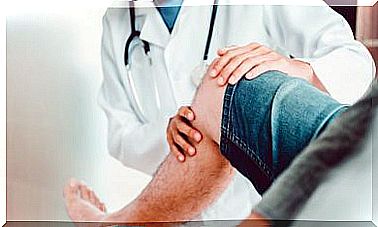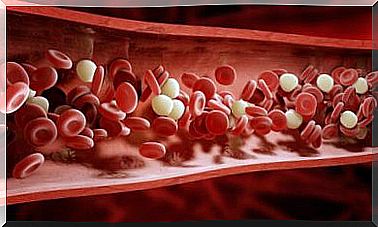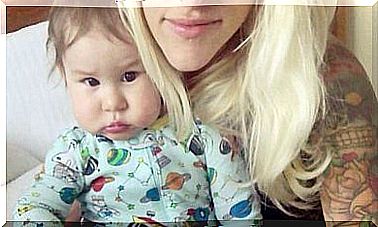Dental Malocclusion: Causes, Symptoms And Treatments
Occlusion is the relationship of the teeth to each other and the upper teeth to the lower teeth when closing the mouth. When this correlation of the teeth is altered we are faced with a dental malocclusion.
The teeth must be aligned in your dental arch. In addition, when biting, the upper ones slightly exceed the lower ones, in such a way that the cusps of the upper molars fit into the fossae of the lower ones.
When this relationship is affected and the teeth are not in the position in which they should, we are faced with a dental malocclusion. There are different types and they should all be treated. Because they affect the normal functions of the mouth, the aesthetics of the patient, their health and their quality of life.
In this article we tell you its causes, the different types and the treatments to correct them. Also its complications and what can be done to prevent them.
What are the causes of dental malocclusion?
Dental malocclusion can be due to multiple causes. Different elements can be combined that result in an incorrect way of biting or teeth in an altered position.
Hereditary origin is one of the most common. The size of the bones, the position of the elements in the arch and the way of biting are determined by genetics. Thus, it is common to observe several members of the same family with the same characteristics in the mouth.
But there are also external factors that act during the formation and growth of bones and the period of tooth eruption. Its influence can favor the appearance of dental malocclusions:
- Dysfunctional habits: repetitive and impulsive habits that are installed in children are common causes of certain malocclusions. Mouth breathing, interposition of the tongue or lips when biting or swallowing, onychophagia (biting the nails) are some examples. Prolonged breastfeeding, the use of a bottle and pacifier, or finger sucking after 2 years are also factors that predispose to these alterations.
- Loss of teeth: when baby teeth come out early, they do not fulfill the function of saving space for the correct eruption of the definitive ones. This generates crowding, loss of occlusal relationships and mispositioning of the permanent elements. The loss of definitive teeth also destabilizes the bite and the position of neighboring and antagonist teeth.
- Poor dental treatments: the presence of fillings, crowns and damaged or poorly adapted dental prostheses generate alterations in the way of biting.
- Other conditions: tumors of the mouth, cleft lip and palates, trauma to the jaws or teeth with excess or abnormal locations are conditions that alter the position of the teeth.
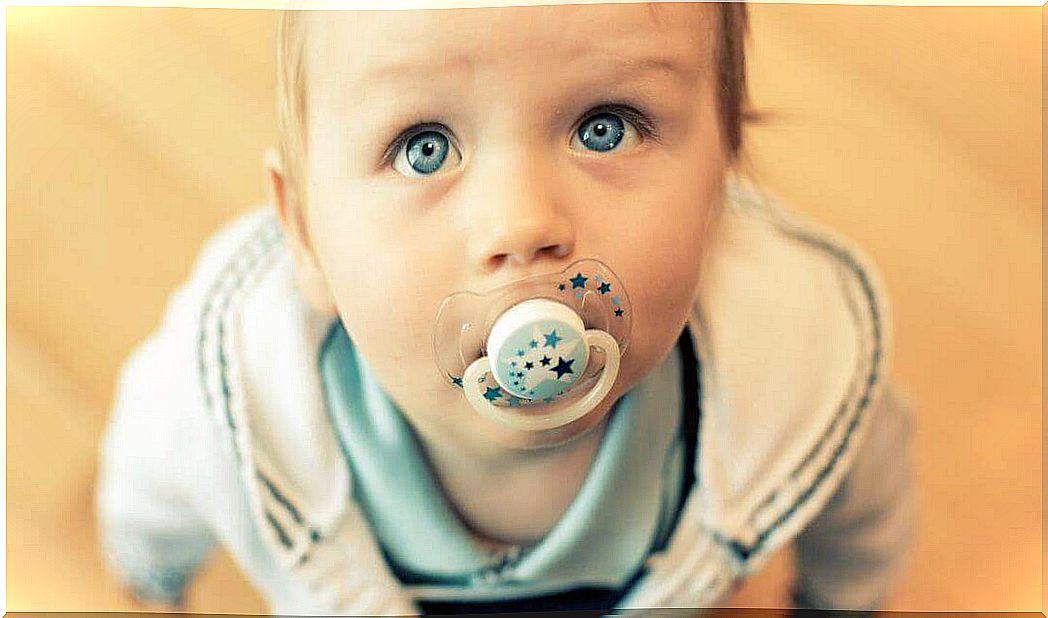
Symptoms related to dental malocclusion
Dental malocclusion can be very evident or not very noticeable, and only be perceived and diagnosed by a dentist. Regular visits to the dentist allow us to detect these problems in time to start treating them as soon as possible.
But there are signs and symptoms associated with alterations in the way of biting that indicate the presence of a problem. As we already mentioned, the functions of the mouth such as chewing, eating and speaking are affected; and the quality of life of the patient is compromised.
Observing missing teeth, with an incorrect position or alignment, or a strange appearance of the face, are indicative of an occlusion problem. So are the inability to close the mouth completely or the lack of contact of some teeth when occluding.
People who tend to bite or suck their lips or cheeks, who breathe through the mouth, who have apneas and snoring when sleeping may have a dental malocclusion. Symptoms such as noises when opening and closing the mouth, dizziness, headaches and pain when chewing or eating are also associated with these alterations.
Difficulty pronouncing some phonemes or speaking correctly may be due to dental malocclusion.
Types of dental malocclusion and their diagnosis
Dental malocclusion is diagnosed by a dentist through examination and other complementary methods. The use of X-rays, photographs and studies on models of the mouth help to obtain an accurate picture of the patient’s problem.
Malocclusions are classified into different types. To plan the treatment, in addition, the severity of the same, the cause that originates it and the age are taken into account.
There are three main classes of dental malocclusions and we explain them below.
Class 1
In this type of dental malocclusion, the upper and lower jaws are correctly related to each other. But it is the teeth that are in the wrong positions. Thus, crowding, diastemas or overbites can be found.
Both jaw bones can be in a normal position relative to the skull. But it can also happen that both are in a posterior position or that they are advanced (biprotrusion) with respect to the head.
Class 2
Class 2 dental malocclusion is characterized by the upper jaw being in an advanced position with respect to the lower jaw. This may be due to the retracted jaw and the upper jaw in the correct position or because the upper jaw is forward and the lower jaw in the correct position.
The combination of both cases can also happen, in which the upper jaw is protruded and the lower one is retracted.
The appearance of the patient is characterized by having the upper teeth very advanced. They protrude excessively in the buccal closure. It is associated with habits such as mouth breathing, finger sucking, and prolonged use of the bottle or pacifier.
Class 3
In this dental malocclusion, the jaw protrudes forward, which is called prognathism . This is because the lower jaw is ahead of the upper jaw.
At the skeletal level, the upper jaw may be retruded and the lower jaw in a normal position, or the upper jaw is located in the normal position and the mandible is advanced. The combination of both can also happen: the retruded upper jaw and the advanced lower jaw.
The treatment of this dental malocclusion is the most difficult, but fortunately it is the least frequent. Controlling mandibular growth from an early age greatly improves the prognosis.
Other dental malocclusions
There are several situations that can occur in any of the classes mentioned above:
- Crowding: it is the superposition of the dental elements with each other due to lack of space. The teeth become crowded and affect the aesthetics, function and dental hygiene of the patient. This increases the risk of tooth decay, gingivitis, and periodontal disease.
- Diastemas: it is the excessive separation between the teeth. This extra space is due to the teeth being very small or the bone being very large. It can also be caused by premature loss of milk teeth or by the habit of pushing the tongue.
- Overbite: the upper teeth excessively cover the lower teeth during occlusion.
- Crossbite: here the transverse relationship of the jaws is altered. One or more upper dental elements occlude inside the lower ones. It can be unilateral, bilateral or only from the anterior sector.
- Open bite: upper teeth do not contact lower teeth when occluding. At the moment of biting, a space is generated between both jaws. This affects the patient’s speech, swallowing and chewing.
Available treatments
Although treatments can be applied at any time in life, the best results are obtained the earlier the problem is addressed. Early procedures are easier, more comfortable, and less expensive.
Treatment times usually vary depending on the clinical case, but in general they take around 2 years. There are different alternatives to treat a dental malocclusion.
The choice of the appropriate therapy depends on the type of alteration, its severity, the cause that originates it, the age of the patient and his needs and possibilities. The orthodontist may suggest some of the following approaches:
- Orthopedics and interceptive orthodontics: these are removable appliances used in temporary and mixed dentition. They guide bone growth and also mobilize teeth.
- Fixed orthodontics with brackets : it is used at the end of the dental replacement, when the final teeth have already emerged, but it is also effective in adults. They can move the pieces in any direction. There are options in various materials, some with good aesthetic results.
- Invisible orthodontics of the invisalign type : they are transparent trays that are replaced periodically. They fulfill the same function as fixed appliances, but they are more aesthetic and the patient can put them on and take them off himself.
- Tooth repair: diseased parts and poor restorations must be treated.
- Tooth extractions: removing some teeth may be necessary when space is short.
- Jaw surgeries: Performed in adult patients to reshape or trim bones.
- Retainers: they are used at the end of the treatment to maintain the new position of the teeth.
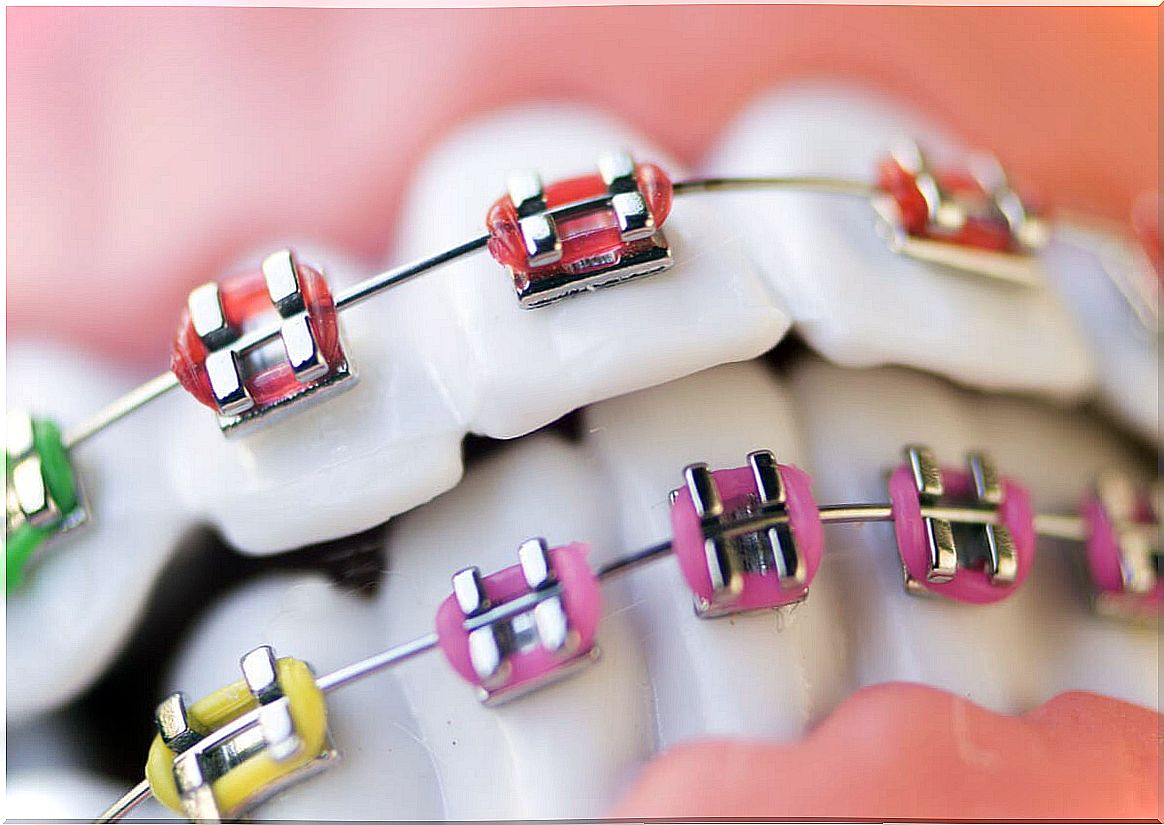
Complications
Orthodontic treatment to correct a dental malocclusion will result in better functionality and appearance of the mouth. But during the process there are certain complications that must be considered.
The biggest problem that usually appears is tooth decay. The devices predispose to suffer this disease by favoring the accumulation of bacterial plaque and complicating hygiene.
The appearance of pain, discomfort and difficulty in speaking or chewing are also problems that can manifest themselves during the use of the devices. Especially at the beginning of treatment and when adjustments are made. In general, the patient adjusts to the situation and they disappear after a while.
Soft tissue injuries are another complication. The wires and sharp edges of some appliances can injure the mucous membranes. The use of orthodontic wax to avoid them is very important.
Prevention of dental malocclusion
The appearance of a dental malocclusion many times cannot be avoided. Especially in cases where the origin is hereditary. But the action of external factors also has repercussions.
That is why considering these recommendations can be helpful in reducing your risk for the disorders:
- Limit the use of bottles, pacifiers and finger sucking in children older than 2 years.
- Consume a varied diet, with different textures, that ensures the use of the muscles of the face in the correct way.
- Treat respiratory problems, allergies and apneas that predispose to mouth breathing.
- Control and treat bruxism.
- Maintain a healthy mouth, taking care of oral hygiene, using fluoride and avoiding foods with high sugar content. This prevents pathologies that can cause premature tooth loss.
- Preserve the space left by lost teeth. Space maintainers are used on children until the permanent parts erupt. In the case of adults, the mouth should be rehabilitated with some type of prosthesis or implants.
- Visit the dentist regularly, every 6 months, to detect any oral problems early.
Regular visits for an early diagnosis
A dental malocclusion not only affects the structures and functions of the mouth. In addition, it alters the appearance of the person, their quality of life and can even generate security and self-esteem problems.
Fortunately, they have a solution and the results obtained with the available treatments are satisfactory. Early approaches, in childhood, when the bone is still forming, are ideal. Well, at this stage they are faster, more comfortable and cheaper.
However, there are also effective options for adults. Going to the dentist frequently is the key to detecting and treating these alterations as soon as possible.

